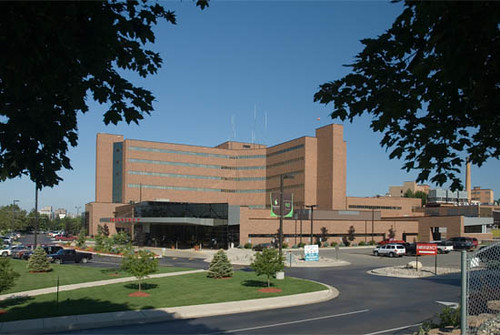What is the advantage of a VA internship? I would have to say the variety of experience. The last few weeks has given me opportunities to work on several new projects.
Administration
During the fall semester of P3 year we took a class called Managing Medication Systems. Part of the class focused on root cause analysis (RCA) and failure mode and effects analysis (FMEA). At the time the information didn’t seem that applicable to what I would be doing as a pharmacist, but last week I actually attended a root cause analysis meeting. We discussed a real problem, what caused it, and then proceeded to come up with short term and long term solutions. Sometimes all the lectures in the world can’t substitute for an actual experience.
Medication Safety
I have also been working on updating the high-alert medication safe practice guidelines. These guidelines were created to standardize the information on the use of high-alert drugs like bivalirudin, potassium, cyclosporine, and dobutamine within the Ann Arbor VA. The skills I learned in evidence based medicine have really paid off as I have searched through a bunch of references pulling out the most important clinical information. Along with the updates I am creating a Drug Bulletin flyer to be distributed throughout the hospital to inform physicians, pharmacists, and nurses of the purpose of the safe practice guidelines.
Drug Information
For the past few weeks I have been contacting drug information centers trying to find if a list of core clinical pharmacy references exist. I am helping put together a drug information rotation for the incoming residents. I get a first hand view of what goes into preparing a rotation. It has given me new respect for preceptors and the extra effort they put in to take on students and residents.
In the upcoming weeks I will be stepping away from the administrative/drug information side of pharmacy and getting into the ambulatory care setting. I will be sure to keep you posted. Matt
Matt
 John Z
John Z

 Bernie Marini
Bernie Marini

 Meenakshi
Meenakshi
 Anna Polk
Anna Polk

 Adam Loyson
Adam Loyson

 Anonymous
Anonymous
 Kristen Tedders
Kristen Tedders

 Grace Chen
Grace Chen

 Garret
Garret

 Kari Horn
Kari Horn


 Eric Zhao
Eric Zhao

